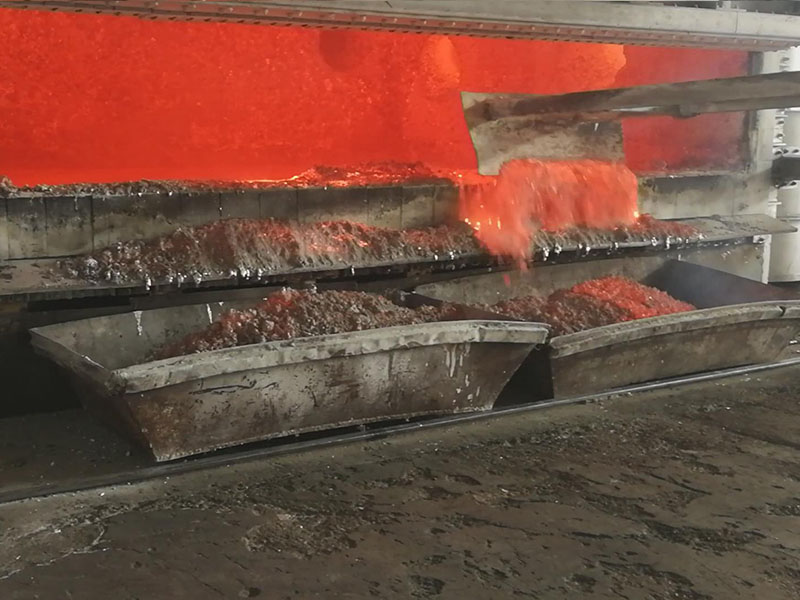Alu Refining Flux is widely used in the production of primary aluminum and recycled aluminum to improve the melt quality and the recovery rate of metallic aluminum.
In the smelting process of aluminum and aluminum alloys, hydrogen and oxidized inclusions are the main pollutants of aluminum melt.
Aluminum easily forms A1202 or sub-alumina (Al2O and A10) with oxygen.
At the same time, it is also easy to absorb gas (H).
The content of this gas accounts for 70-90% of the total gas in the aluminum melt.
The main defects of cast aluminum alloy are pores and slag inclusions.
This is caused by gas and solid particles. Oxide remaining in the alloy.
Therefore, to obtain a high-quality melt, not only must the correct and reasonable smelting process be selected, but the purification and purification of the melt are very important.
The purification methods of aluminum and aluminum alloy melts include the float method, Molten Aluminum Refining method, melt filtration method, vacuum method, and combination method. The application of Alu Refining Flux in aluminum alloy smelting is introduced.

Alu Refining Flux has four functions
1. Change the wettability of the aluminum melt to the oxide (alumina), so that the aluminum melt is easily separated from the oxide (alumina) so that most of the oxide (alumina) enters the flux and reduces the degree of melting. Oxides in the body.
2. Flux can change the state of the oxide film on the surface of the melt.
This is because it can break the dense oxide film on the surface of the melt into fine particles, which is helpful for the hydrogen in the melt to escape from the voids of the oxide film particles into the atmosphere.
3. The presence of the flux layer will make the water vapor in the atmosphere in contact with the aluminum melt, making it difficult for hydrogen to enter the aluminum melt, and at the same time prevent the oxidative combustion of the melt.
4. Aluminum flux can absorb oxides in the aluminum melt, thereby purifying the melt.
In short, the removal of inclusions in the flux refining process is mainly achieved by adsorption, dissolution, and chemical interaction with the oxide film and non-metallic inclusions in the melt.
Alu Refining Flux Classification
There are many types of fluxes for aluminum alloy smelting, which can be divided into covering agents (fluxes for preventing oxidative combustion and melt gettering) and refining agents (fluxes for degassing and removing inclusions).
Use different aluminum alloys. The Covering agents and refining agents are different.
Any flux used in the aluminum alloy melting process must meet the following conditions
1. The melting point should be lower than that of aluminum alloy.
2. The specific gravity should be less than aluminum alloy.
3. Can absorb and dissolve the inclusions in the melt, and can discharge gas from the melt.
4. It should not play a chemical role together with metal and furnace lining.
If it interacts with the metal, it will only generate an inert gas that is insoluble in the metal, and the flux is also insoluble in the molten metal.
5. Low hygroscopicity and low evaporation pressure.
6. Should not contain or produce harmful impurities and gases.
7. Must have proper viscosity and fluidity.

